Like this post? Help us by sharing it!
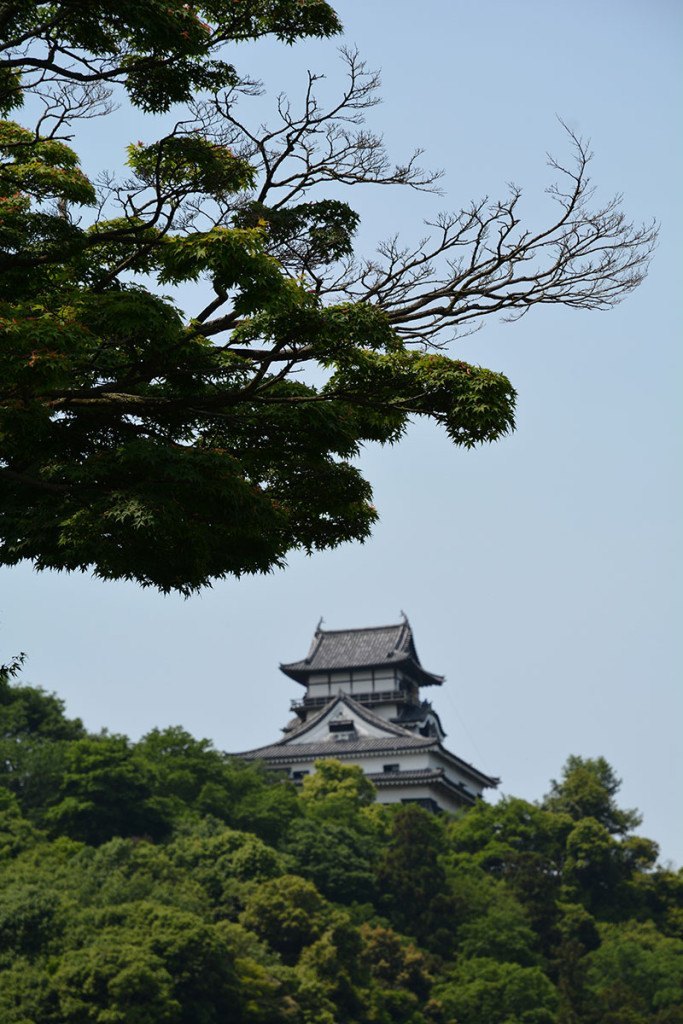
One of the perks of the tour leader job is the opportunity to scout out places in preparation for an incoming group tour. Although not my first visit to the area during my 15 years here in Japan, it had been a while since I had visited the little known town of Inuyama, in the southern area of the Kiso River valley, just an hour north of Nagoya.
Today would, as always, be a day of running around, checking train and bus times, locating stops and areas in which to enjoy a walk, lunch options and so on. These days can be very full on as we have to pack in everything and more, in a time frame far less than a tour group would have. The challenge was on…there and back, 500 miles give or take, in a day!
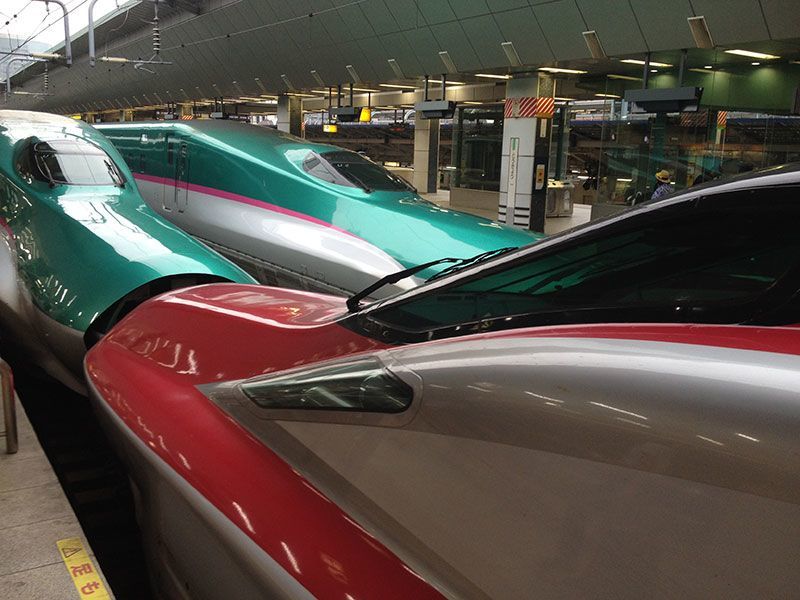
So, leaving my apartment in Tokyo, I headed on the 6:46am commuter express train to Tokyo Central, from where I jumped on the bullet train for the 200-or-so miles down to the central industrial city of Nagoya, also, incidentally, home to our Japan office. A convenient transfer time (as always), meant that I was in the glorious sunshine of pretty Inuyama town less than 3 hours later. First, I wanted to check out the Kiso River views. This river flows down from the Central Alps and into the Pacific Ocean, and has historically been renowned for its cormorant fishing, where the birds are tethered at the feet and dive into the water to pluck the bounty of river life below. Today, it is a a practice only demonstrated in the summer for tourists in this area. Nonetheless, I was surprised to spot a number of carefree cormorants basking undistracted in the mid morning sun, on rocks in the river, as the occasional tour boat glided by. I strolled upstream towards the keep of the castle, deceptively domineering on a verdant, tree covered bluff overlooking the water. A handful of locals and tourists alike lined the riverside, offering a cheery “konnichiwa” in passing.
After a mere ten minutes, heading away from the river, and I was at a series of shrines, including the popular Inari Shinto shrine, housing the rice deity, and protected by fox guardians. As always, this mercantile shrine was decorated in bold vermillon, and was lined by a series of torii gateways, as is the head shrine in Kyoto – each gateway representing a major donation to the place of worship, and hence bearing the name of the donor/sponsor.

The steps up to the castle, one of Japan’s only four remaining originals along with Matsumoto, Himeji and Hikone, were surprisingly shallow, requiring a mere saunter in the 80-degree heat up to the main keep area. The four-storey keep is surprisingly small, but more than makes up for its minimal size with its elegant beauty. Serenity pervaded all around, as people sat under traditional red parasols eating ice creams, admiring the architecture and the azalea punctured greenery that surrounded it; excited, cap wearing schoolchildren snapped photos and ran around, no bother to others – a far cry from the days when the castle witnessed key battles in the surrounding hills between 2 of Japan’s most powerful samurai lords – Toyotomi Hideyoshi and Tokugawa Ieyasu.
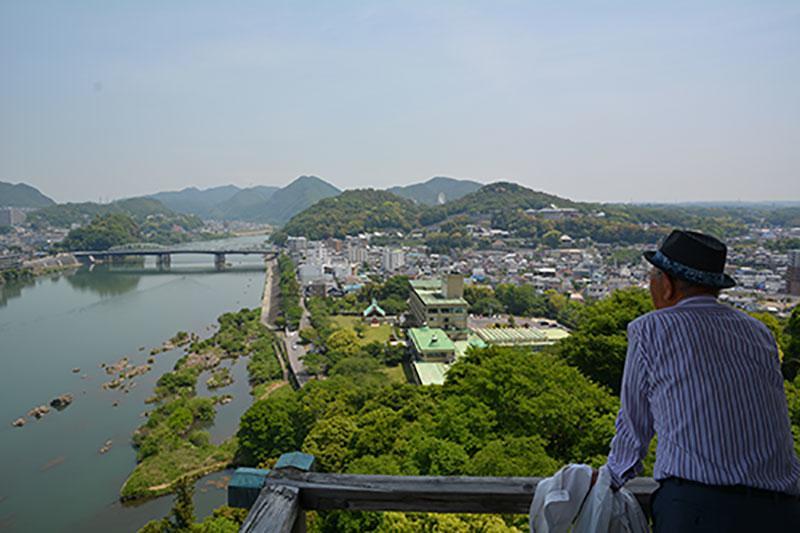
In true Japanese style (you’d wander if attacking samurai would do likewise out of respect for their hosts!!) it was shoes off at the keep entrance and an extremely steep ascent through polished cedar floors exhibiting scrolls, armour, photos and other features of interest – my Buddha, those steps were steep – this last Bastion of defence was certainly not supposed to be easy to infiltrate, after all! Stepping up to the top floor, I was met with a sunny glow and cool breeze – the open doorways along 2 walls of the top floor allowing me to follow the 360-degree veranda around the outside of the structure, to take in some spectacular views of the surrounding countryside – a fab photo stop!
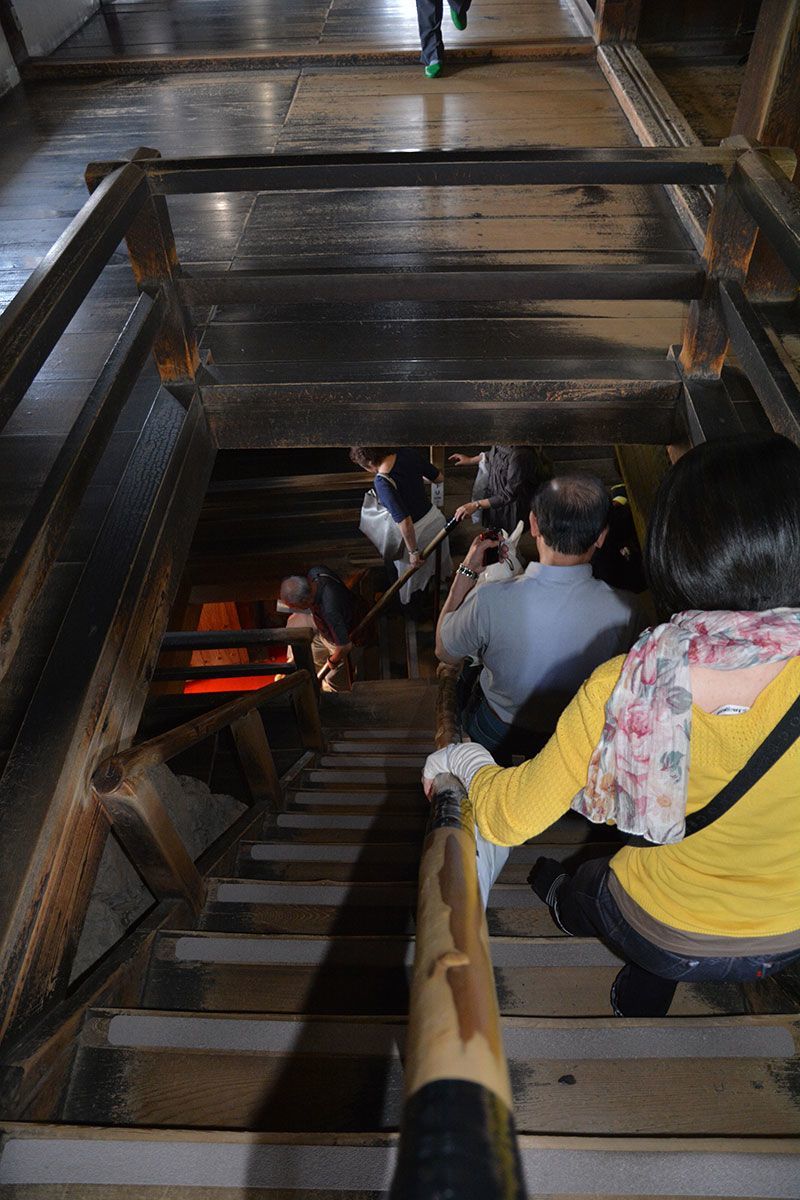
After a gingerly-negotiated descent back to the grounds below, it was next onto Inuyama’s old quarter, stopping on way to see the ‘karakuri’ marionette exhibition, boasting displays of the magnificent puppets used during the summer float festival. Ornate traditional floats are lit with lanterns and paraded around the town, as puppeteers skillfully manipulate the marionettes to entertain the crowd – a tradition that goes back over 450 years, still as fervently celebrated to this day.
The merchants’ quarter, although largely restored, has an authentic Edo Period feel, even if the inside of the shops are crammed with modern art, crafts and foods. Among the historic exceptions is the wonderful Inobe House – formally the residence and shop of a kimono maker. This free mini museum gives an idea of how the wealthy lived, with beautifully preserved Japanese rooms.
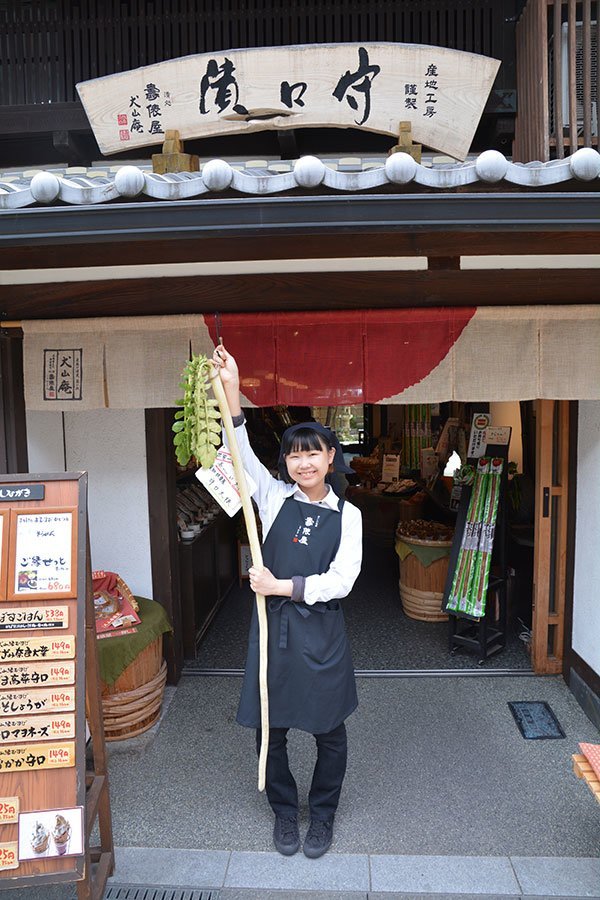

After a quick meal of Tonkatsu (pork cutlet) in local produced sweet miso, it was time to head over to the other side of the station and catch the 30-minute bus ride over to Meiji Mura, a wonderful collection of late 19th/early 20th century buildings from different regions of Japan – to name a few, an old prison, kabuki theatre, former town halls, shops and even the entrance to the Frank Lloyd Wright’s Imperial Hotel, originally constructed in Tokyo. A retro bus took me through to the far end of the park, with commentary pointing out the different structures of interest, helping me decide which of the architectural gems I would prioritize in order to get the most out of my time there.
Set among beautifully landscaped grounds, extending along a man-made lake, this is the perfect place to amble through at leisure (there are 5 designated, easy-to-navigate zones), catching a great glimpse into Japan’s modern history while benefitting from a sublimely tranquil rural setting! I snaked my way through at a less restrained pace, cramming in a quick picnic and ice cream before finding myself back at the bus stop, from where my journey back to Tokyo would start.
Smooth transfers by bus to the local commuter line and then the bullet train to Tokyo helped to whizz me back to my hometown of Koenji by 9pm. A long, rewarding day and a stash of ideas and hints for my future group visits to the area.
Of course, you may want to take things a little steadier if you are in Japan, but as a day trip out of Nagoya, or even Kyoto, Inuyama is a little gem that deserves to be unearthed by the discerning traveller.





